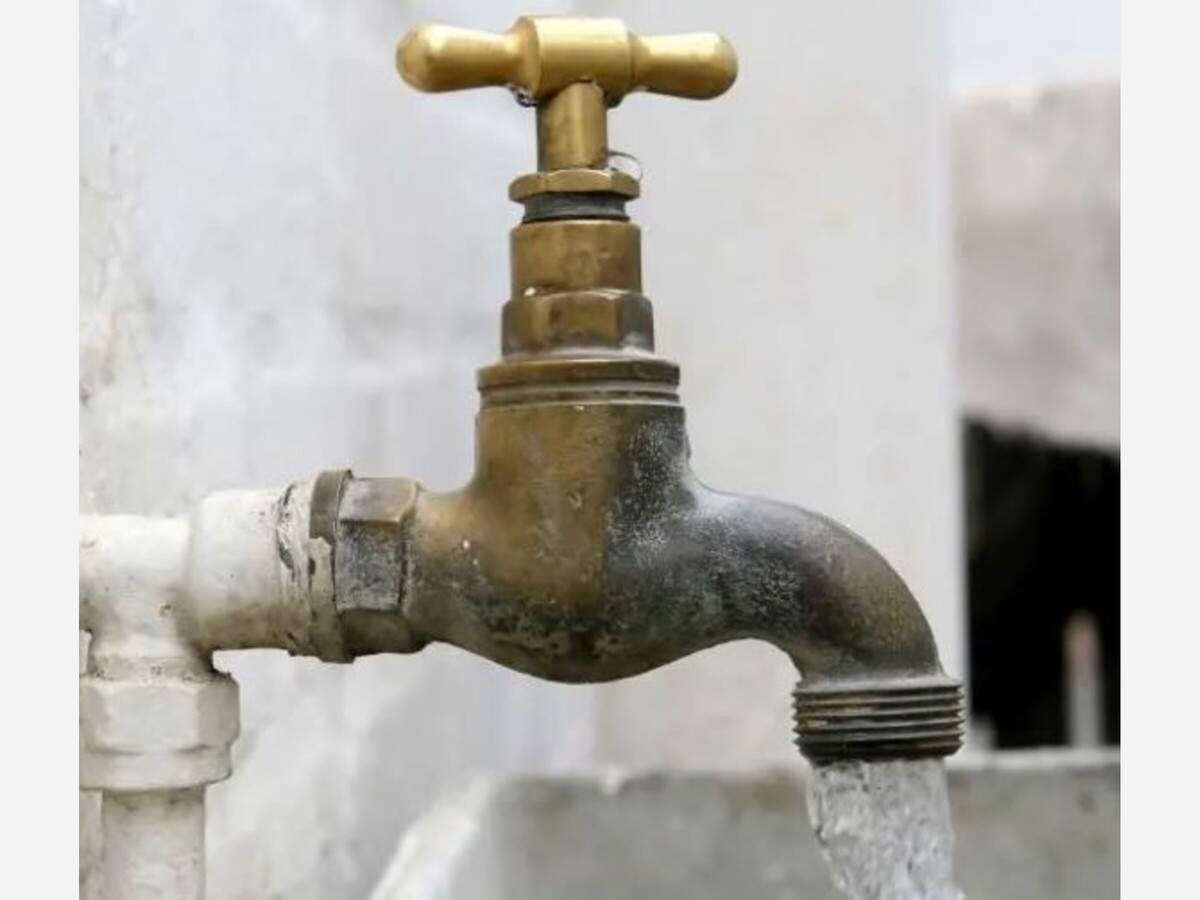Image

by Bhaamati Borkhetaria, CommonWealth Beacon
February 7, 2025
FOLLOWING A YEAR of unprecedented wildfires, roughly half a dozen Massachusetts lawmakers are putting their weight behind three bills that would make it easier for the state to conserve water during severe droughts.
Currently, each municipality creates its own water conservation plan, but advocates say that as droughts become more frequent, Massachusetts needs to implement a statewide approach.
Three bills – two in the Senate and one in the House – introduced in mid-January would codify in law a drought management task force under the Executive Office of Energy and Environmental Affairs that already exists and give the head of the office the authority to mandate water conservation during severe droughts including the ability to limit nonessential outdoor water use.
“There's a growing recognition that water obviously crosses municipal boundaries so why do we continue to have a municipal, local policy for informing residents on water use,” said Sen. Jamie Eldridge, a Democrat who filed the bill in the last legislative session and refiled it this session. “It should be done from a regional point of view, and we should empower the Department of Environmental Protection to have greater oversight over water given the different heat extremes and water extremes that Massachusetts and, of course, the whole world are experiencing.”
Republican Sen. Bruce Tarr has filed his own version of the legislation. Though similar to Eldridge’s bill, Tarr’s legislation does not explicitly list who should be on the drought management task force. He said that he wanted the environmental secretary to have more flexibility.
“We can no longer take for granted that we're going to have a sustainable supply of water when we have these environmental extremes happening,” said Tarr, who represents several communities that have been hit hard by drought like Ipswich, Hamilton, and Wenham. “With every day that passes, we understand the threat of drought in a more pronounced way, and it is time for us to act again at the state level.”
In 2001, a drought management task force was created by the Executive Office of Energy and Environmental Affairs and the Massachusetts Emergency Management Agency in response to a period of drought in the state that began in 1999. The around 30-member panel, which includes representatives from state and federal agencies, determines when there is drought in the state, creates a drought management plan at least every five years, and assesses the impact of drought across the state.
Julia Blatt, executive director of Mass Rivers Alliance, emphasized the importance of codifying the task force in the law especially as climate change impacts the severity of droughts.
“Sometimes you think something is going to be there forever, but then a new administration comes in and it disappears,” said Blatt. “If something doesn't have legal backing, it's a lot more vulnerable to changes.”
The state’s climate resiliency plan notes that warmer temperatures due to climate change will likely lead to longer, more severe droughts and a longer, more severe wildfire season. It also predicts that there will be more heavy rains that will be unable to soak into the soil to recharge groundwater supplies.
Drought causes drier conditions, which lead to wildfires and less water available to fight the fires. Last fall was a particularly difficult fire season with more acres burned in just two months than had burned in the past two years combined.
Rep. Joan Meschino, who filed the drought bill in the House, said coordinating the drought response will help create a sustainable water supply.
“The current patchwork approach leaves towns to fend for themselves and leads to regional inequities,” she said.
Eldridge said he hopes the drought legislation will be rolled up into the environmental bond bill Gov. Maura Healey is expected to file this year. In the last legislative session, the drought bill was added to the 2024 climate and clean energy law on the Senate side but did not make it into the House. Some of the opposition came from the local level, where there is concern about restricting water usage.
Critics of the legislation say that water conservation should be a local decision. Jennifer Pederson, the executive director of the Massachusetts Water Works Association, said that a statewide limit on water use would lead to higher water prices for customers.
“When it comes to water use restrictions, it should be a local decision simply because they know best what they have at their capacity,” said Pederson.
Pederson said that statewide messaging about drought is helpful, but a statewide mandate on water use is less effective because different parts of Massachusetts might not be experiencing the same drought conditions.
But Blatt noted that drought and excessive water withdrawal don’t just affect water supply and exacerbate wildfires. They have an outsize impact on rivers and wildlife. River beds dry up and become warmer, allowing algae to grow. That, in turn, can make it difficult for wildlife to survive.
“Drought creates low flow conditions in streams and sometimes dries them up,” said Blatt. "Streams get warmer and you end up with algae. That’s not great for wildlife. It's certainly not good for people.”
This article first appeared on CommonWealth Beacon and is republished here under a Creative Commons license.

PARSELY = { autotrack: false, onload: function() { PARSELY.beacon.trackPageView({ url: "https://commonwealthbeacon.org/environment/republican-and-democratic-la…", urlref: window.location.href }); } }